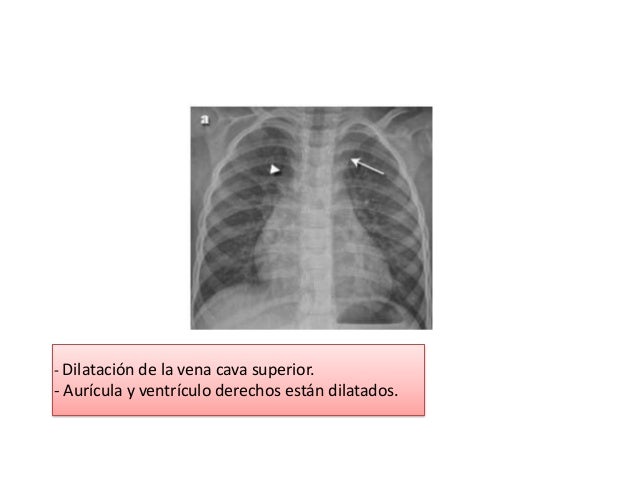

subcarinal angle: normal mean 62-73° (range 34-90°).interbronchial angle: normal mean 67-77° (range 34-109°).the mean and range of both measurements vary widely in normal individuals 2,3.both are inaccurate and dependent on radiographer technique, inspiration and body habitus 2.this refers to both the interbronchial angle (i.e. angle formed by the central axis of the left and right main bronchi) and the subcarinal angle 1-3.splaying of the carina, with the increase of the tracheal bifurcation angle to over 90 degrees.convex left atrial appendage ( third mogul sign): normally the left heart border just below the pulmonary outflow track should be flat or slightly concave.thought to be the most reliable sign on chest radiography.measured from midpoint of left main bronchus to the right border of the left atrium (this requires a double density sign of course).oblique measurement of greater than 7 cm 5,6.a similar appearance can be caused by the right superior pulmonary vein in patients without atrial enlargement 4.when the right side of the left atrium pushes into the adjacent lung, and becomes visible superimposed or even beyond the normal right heart border (known as atrial escape).

Plain radiographĪs the left atrium enlarges, it may become directly visible, or displace adjacent structures.ĭirect visualization of the enlarged atrium includes: It is, therefore, essential to be familiar with normal cardiomediastinal outlines. Chest x-rays, however, are so frequently obtained, and formed the mainstay of chest imaging for decades, that a great deal has been written about the various appearances of chamber enlargement. Radiographic featuresĬardiac chamber enlargement is best assessed volumetrically with echocardiography and more recently (but less widespread) with CT and MRI. There are associations between left atrial enlargement and atrial fibrillation, stroke, and mortality after myocardial infarction. With a reduced incidence of mitral valve disease from rheumatic fever, the incidence of left atrial enlargement has also decreased. The common mechanism is increased atrial wall tension due to increased filling pressures, which eventually leads to atrial enlargement. it is uncertain if this is a cause or only a consequence 10.ischemic stroke): due to stasis of blood in the enlarged left atrium (especially the left atrial appendage) and/or atrial fibrillationīroadly speaking, the causes of left atrial enlargement can be divided into congenital and acquired causes: atrial fibrillation: via a multiple wavelet mechanism.dysphagia megalatriensis: compression of esophagus between the enlarged left atrium and vertebral bodies.Ortner syndrome: left recurrent laryngeal nerve palsy secondary to compression from enlarged left atrium.An enlarged left atrium can have many clinical implications, such as:


 0 kommentar(er)
0 kommentar(er)
